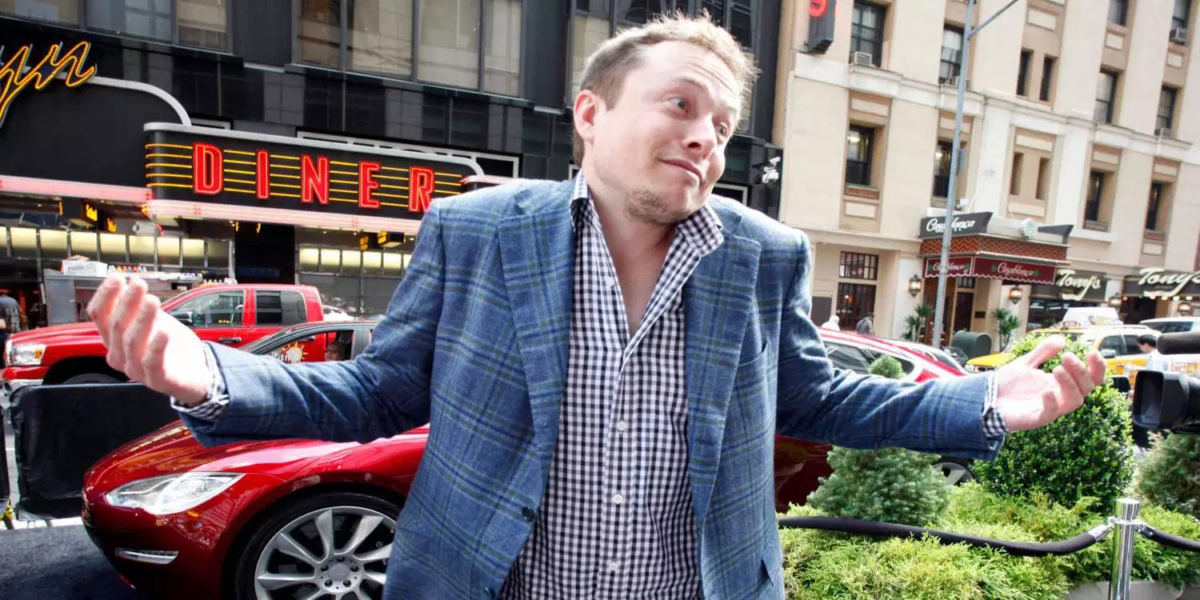Although many people only really got to know Tesla over the last few years, the company has been around since 2003. From its inception, it took Tesla roughly 5 years to design and manufacturer its very first product; the Tesla Roadster. Again, many people may not have heard of this car, which is not surprising considering the company did not even manage to sell the 2500 cars it had produced between 2008 and 2012 (Woodyard, 2011; Garthwaite, 2011). The apparent struggle of Tesla to establish itself in the automotive industry arguably caused many incumbent manufacturers to ignore the ‘irrelevant startup’. Fast forward a decade and it is apparent that the automotive industry has been significantly disturbed by Tesla. The success of the company made clear to incumbent manufacturers that consumers of electric cars were not limited to tree-hugging, nature-loving hippies. In fact, quite the opposite market trend could be identified; electric cars were desirable by ‘normal’ people. These people were not necessarily attracted because of environmental motives (although it is a nice feature), but more so because Tesla managed to provide an electric substitute to the regular car that could compete with the high-end models of luxury brands such as Audi and BMW. As such, Tesla more recent model, the model S and model X have become a common sight in many countries. Moreover, the firm has recently introduced the model 3, which is considerably more affordable and should significantly increase Tesla’s establishment in the automotive industry. However, serious risks and threats could very well be the demise of the company. For example, the production of the model 3 encountered major issues and setbacks (Moskvitch, 2018), causing delivery delays for customers. Also, Tesla’s current cash flow is not sustainable (Engle, 2018; Denning, 2018), with some financial- and investment experts predicting bankruptcy within a year (Black, 2018). To make matters worse, Tesla’s CEO Elon Musk allegedly engaged in fraudulent activities regarding his intention to buy back all the company’s outstanding shares, causing the shareprice to nosedive. It seems then that, despite the company’s rapid market capitalization and significant impact in the automotive industry, the costs and sacrifices behind its success are starting to catch up. The question arises: is the hype around the brand Tesla gradually dying off? If so, bankruptcy seems inevitable. Will Elon Musk pull out one of his magic cards to save Tesla from its increasingly gloomy situation? Only time – which might only be 6-12 months – can tell!
Sources:
Black, S. (2018). “Tesla, without any doubt, is on the verge of bankruptcy.”. Retrieved 04-10-2018 from https://www.sovereignman.com/trends/tesla-without-any-doubt-is-on-the-verge-of-bankruptcy-23219/
Denning, L. (2018). Tesla’s Cash-Back Request Sends a Worrisome Message. Retrieved 04-10-2018 from https://www.bloomberg.com/view/articles/2018-10-01/aston-martin-s-valkyrie-has-a-lot-riding-on-her
Engle, J. (2018). How bad is Tesla’s cash position?. Retrieved 04-10-2018 from https://seekingalpha.com/article/4190397-bad-teslas-cash-position
Garthwaite, J. (2011). Tesla Prepares for a Gap as Roadster Winds Down. Retrieved 04-10-2018 https://www.nytimes.com/2011/05/08/automobiles/08TESLA.html?_r=1&emc=eta1
Moskvitch, K. (2018). Tesla hit its Model 3 production target, but has quality been compromised?. Retrieved 04-10-2018 from https://www.wired.co.uk/article/tesla-model-3-production-news
Woodyard, C. (2011). Tesla boasts about electric car deliveries, plans for sedan. Retrieved 04-10-2018 from http://content.usatoday.com/communities/driveon/post/2011/08/tesla-boasts-about-electric-car-deliveries-plans-for-sedan/1#.W7Xeh2gzaUk

